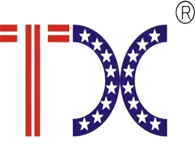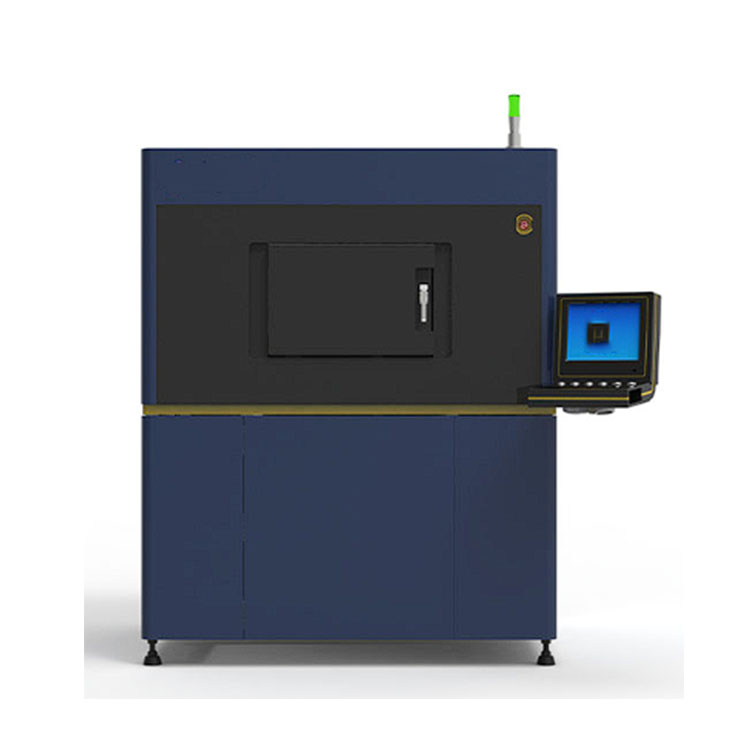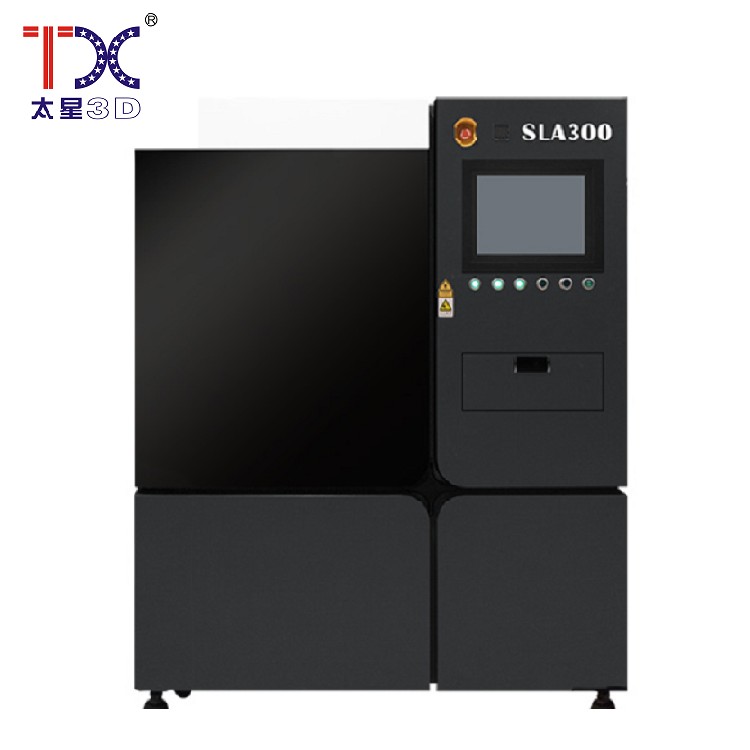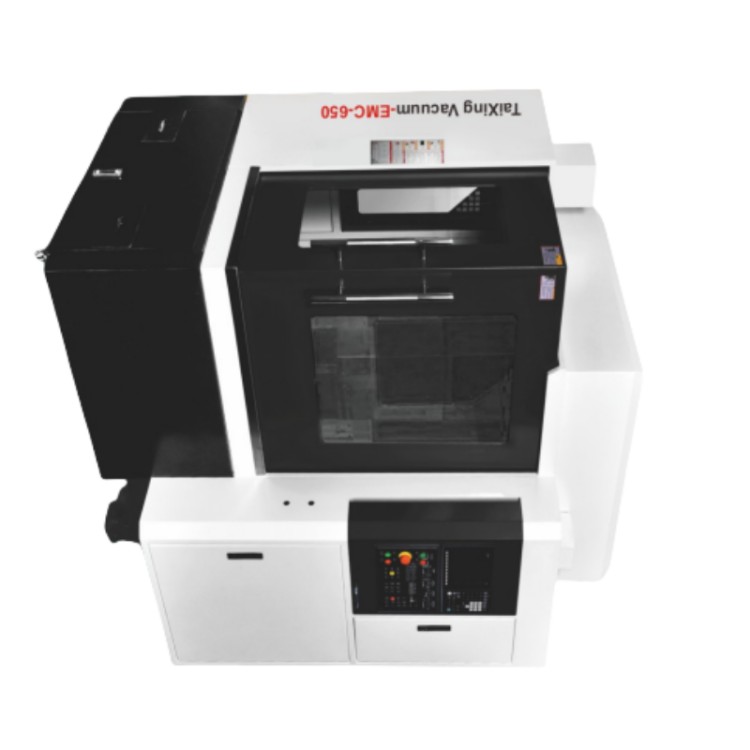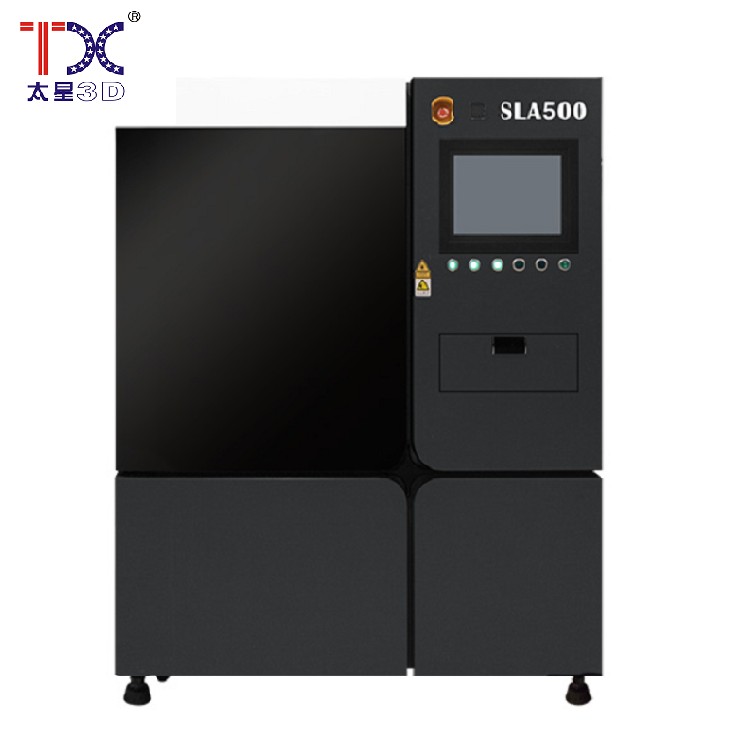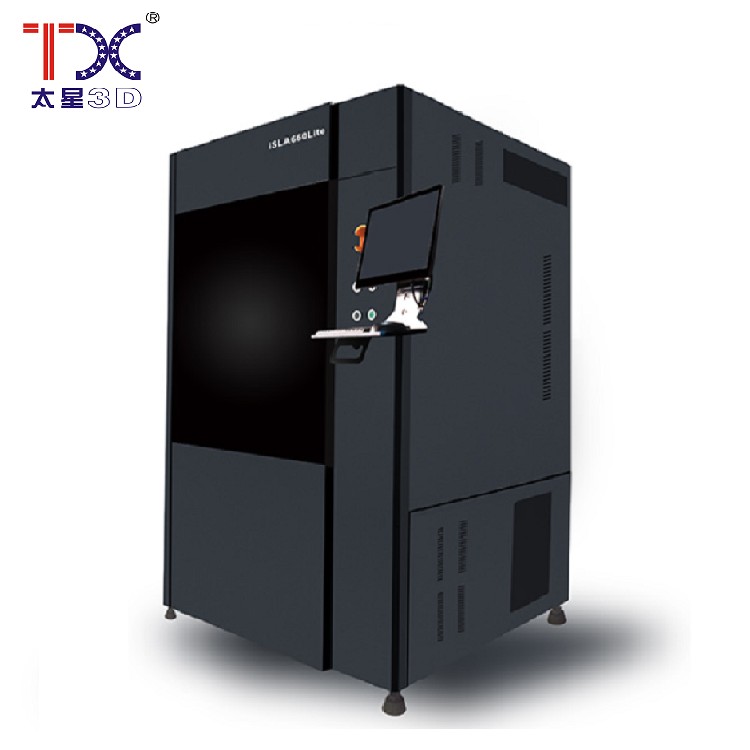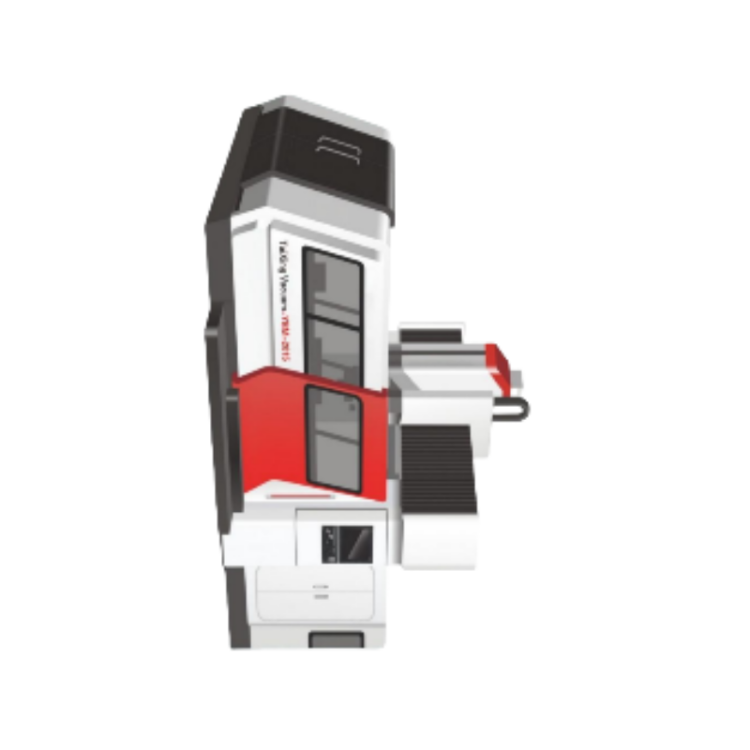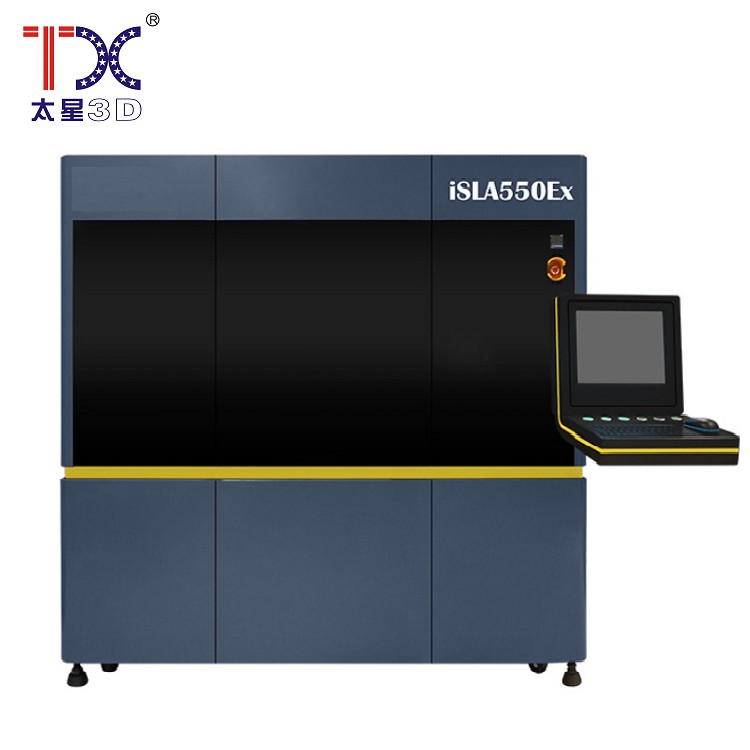
Industrial production of 3D printing
Industrial production of 3D printing
3D printing, or additive production, is becoming an increasingly important tool in modern industry. This is a technology that allows you to create three -dimensional objects of a layer by a layer of various materials, ranging from plastic and ending with metal. Unlike traditional production methods based on the removal of material, 3D printing creates it. This opens up incredible opportunities for innovation and optimization of processes.
Advantages of 3D printing in production
One of the main advantages of 3D printing is the possibility of quick prototyping. Imagine that you are developing a new part for the car. Instead of waiting for weeks, or even months, while it is made on the machine, you can create a prototype in a few hours using a 3D printer. This allows you to quickly see how the part will look and work, and make changes to the design before the start of mass production. In addition, 3D printing allows you to create complex, sometimes impossible to manufacture on traditional equipment, geometric shapes. This opens up new ways for design and design. And finally, the need for large parties decreases, which is especially beneficial in the production of unique or small circulations.
New opportunities for design and development
3D pure rethinks the design process. The developers get the opportunity to experiment with various forms and functions, creating prototypes that were previously impossible or too expensive. Freedom in design contributes to the emergence of new and creative solutions. This is like how the artist uses new materials and techniques to express his ideas. Due to the possibility of quick and easy design tuning, 3D porch helps to achieve optimal results in the early stages of product development.
Calls and prospects
Despite the obvious advantages, 3D printing has its own restrictions. So far, the print quality of some materials and the accuracy of the manufacture of some parts can be lower than that of traditional methods. Also, the cost of 3D printers and consumables can be high, especially for large industries. However, the technology is developing rapidly, materials and printing methods are being improved, which reduces the cost and improves quality. In the future, we can expect an even greater implementation of 3D printing in various industries, from automotive to medicine. This will not only increase production efficiency, but also open new horizons for innovation and creativity.
AppropriateProducts
Corresponding products
The best soldproducts
The best -selling products-
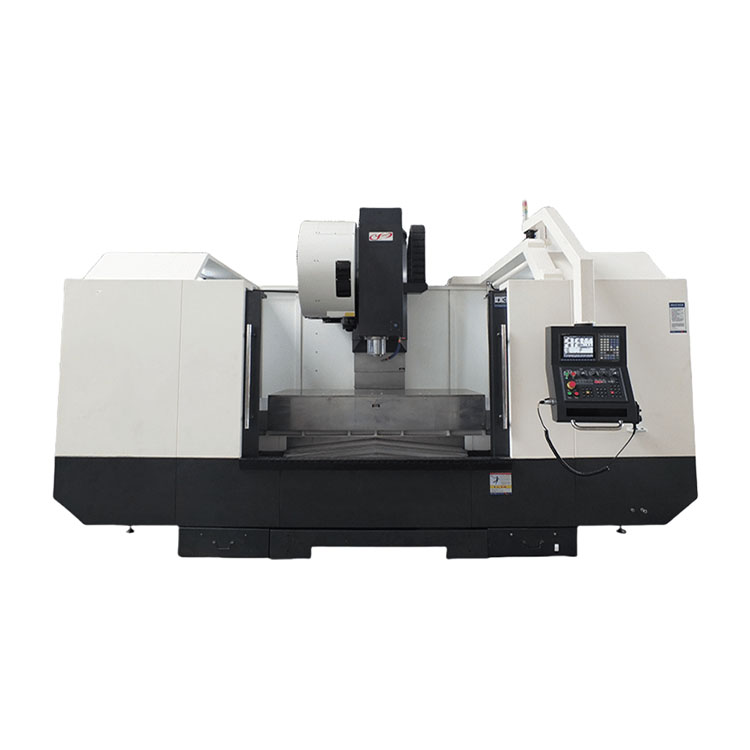 Taisin high-precision vertical processing center with CNC VMC TXP-1890
Taisin high-precision vertical processing center with CNC VMC TXP-1890 -
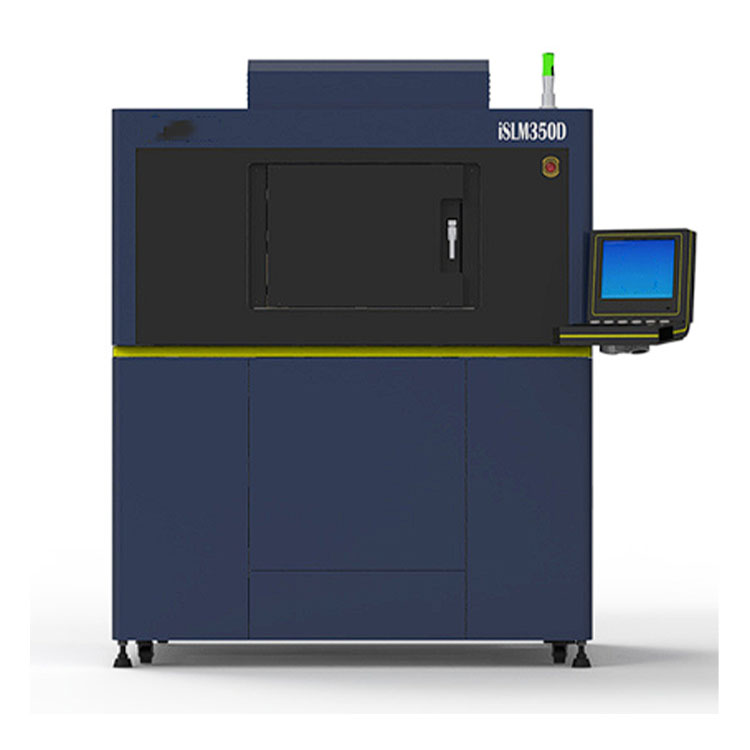 Taisin Metal 3D printer ISLM350D
Taisin Metal 3D printer ISLM350D -
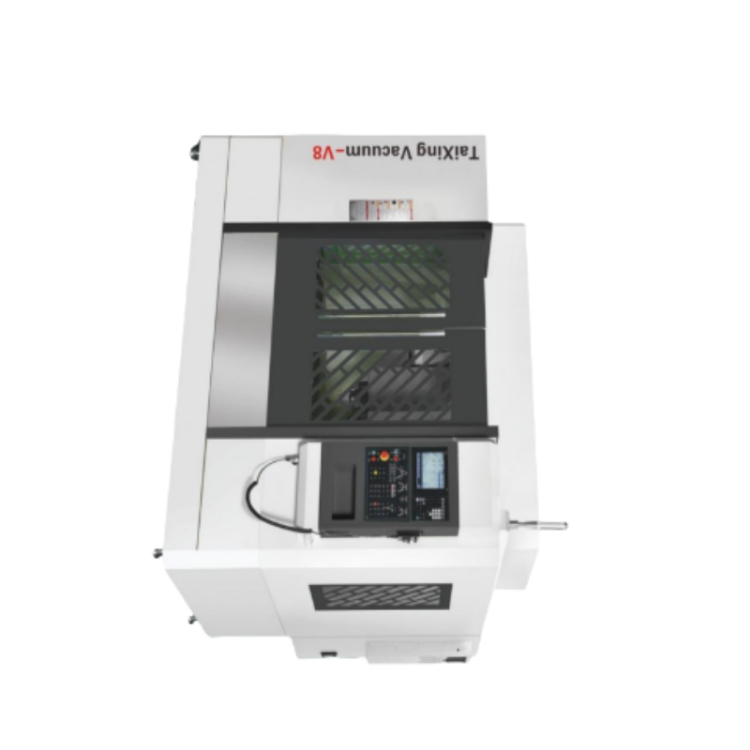 Taisin high-speed and high-precision processing center for processing parts TX-V8
Taisin high-speed and high-precision processing center for processing parts TX-V8 -
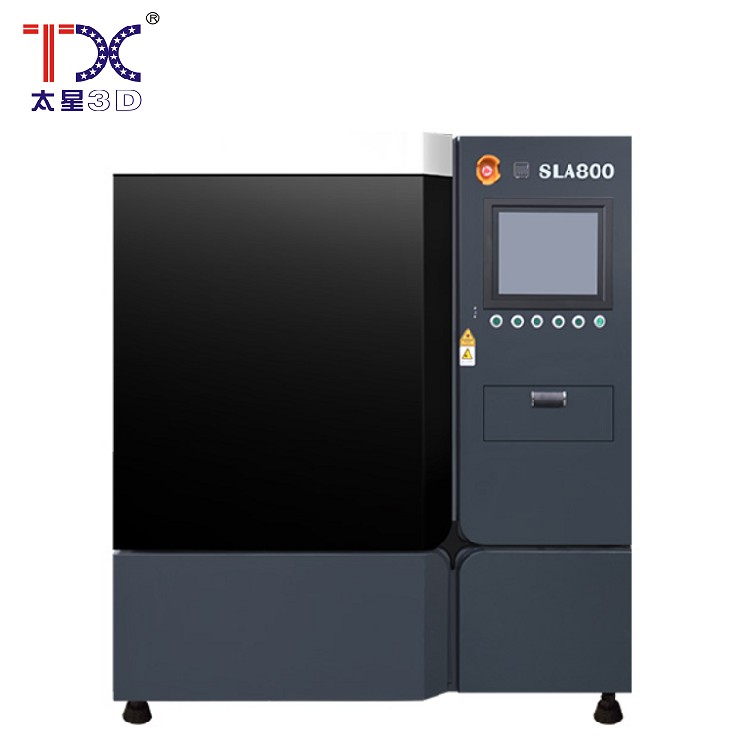 Taisin Light-adoptive 3D printer SLA800
Taisin Light-adoptive 3D printer SLA800 -
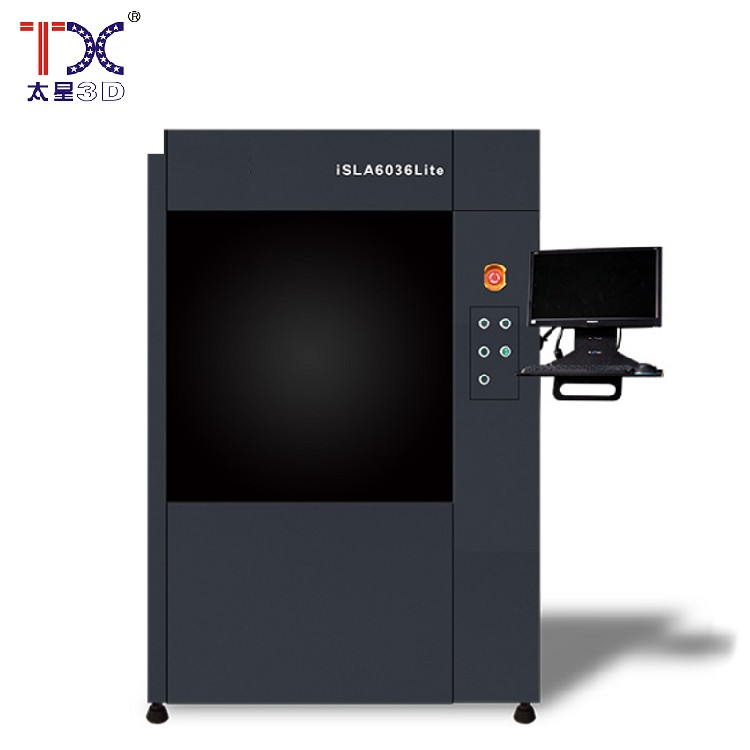 Taisin Light-adopted 3D printer SLA6036
Taisin Light-adopted 3D printer SLA6036 -
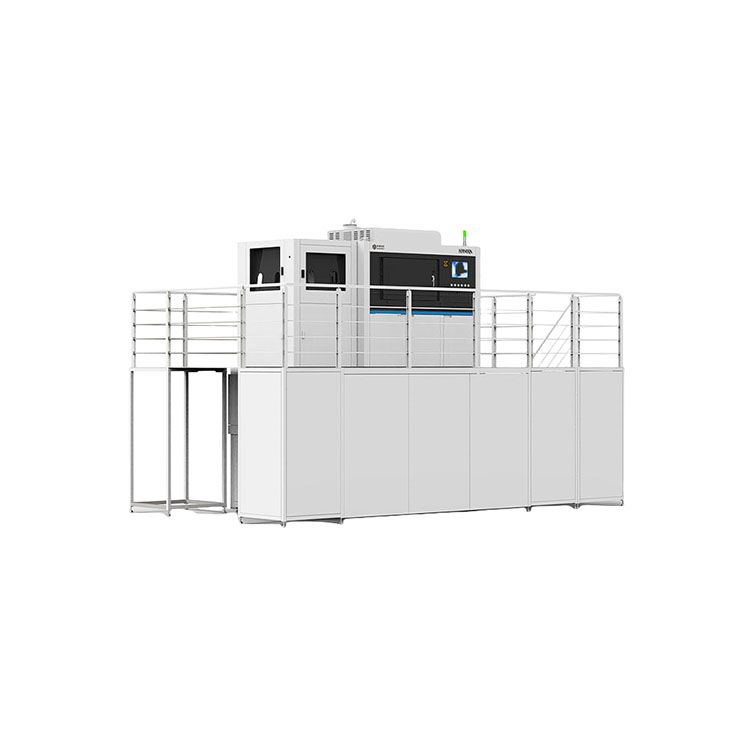 Taisin Metal 3D printer ISLM800QN
Taisin Metal 3D printer ISLM800QN -
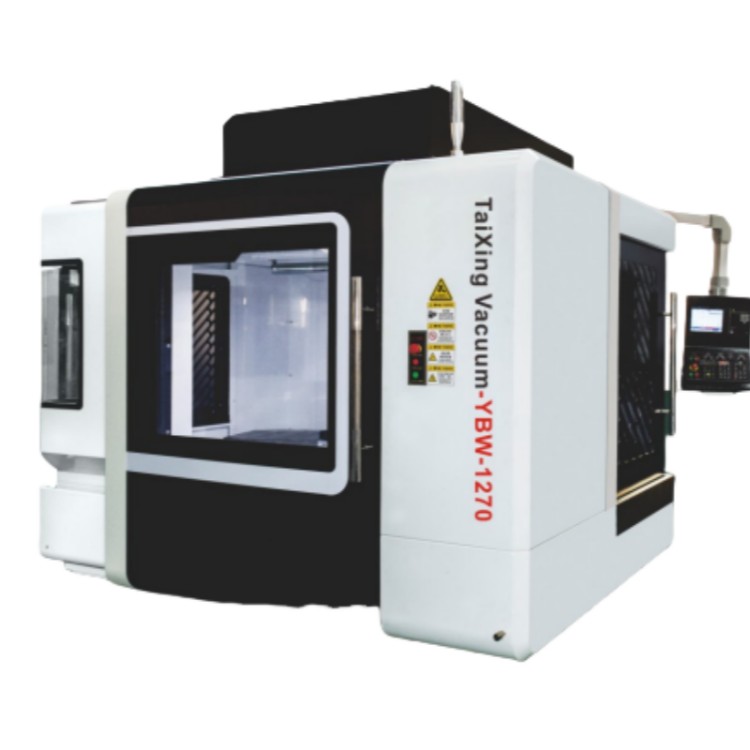 Taisin horizontal processing center YBM-1270
Taisin horizontal processing center YBM-1270 -
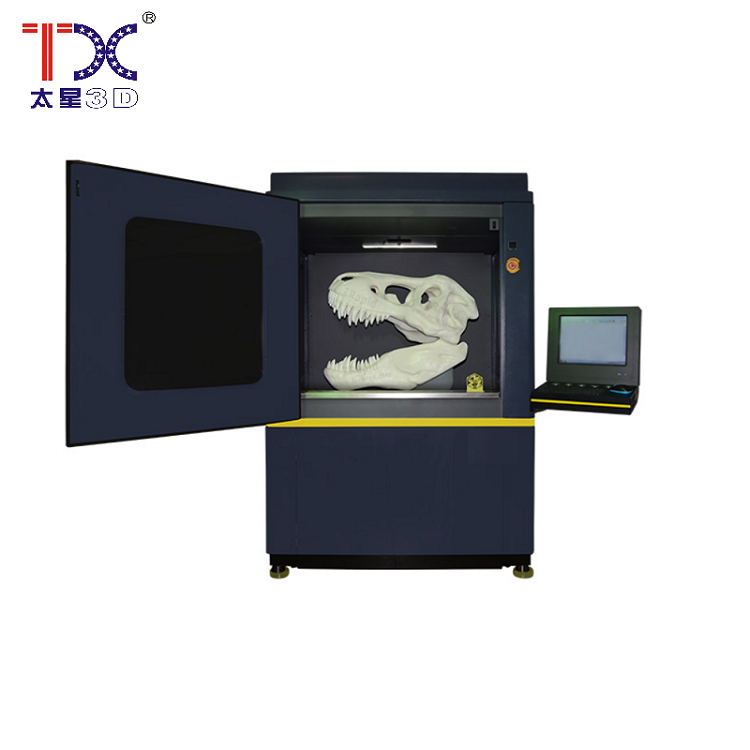 Taisin Light-adopted 3D printer ISL1100
Taisin Light-adopted 3D printer ISL1100 -
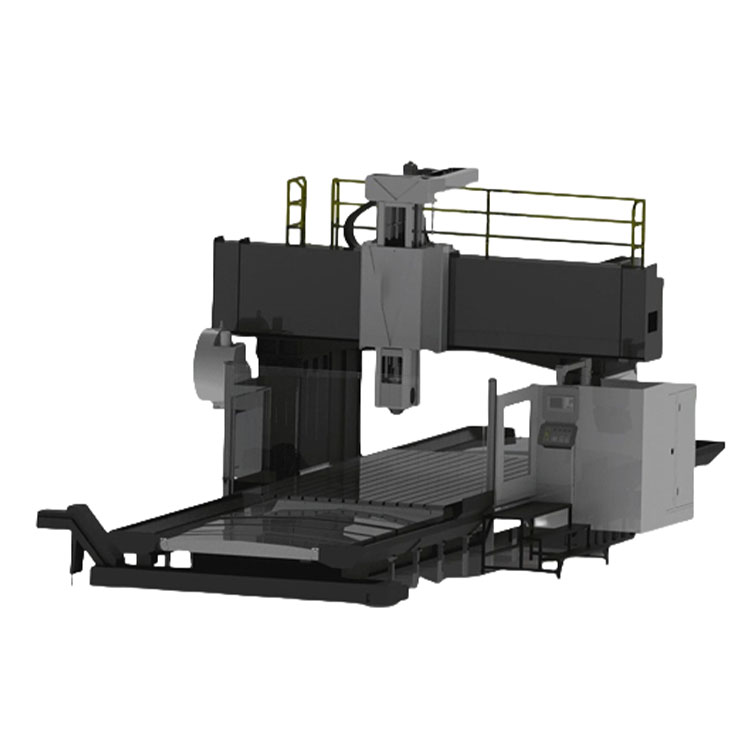 Taisin portal processing center with CNC TXM-9038
Taisin portal processing center with CNC TXM-9038 -
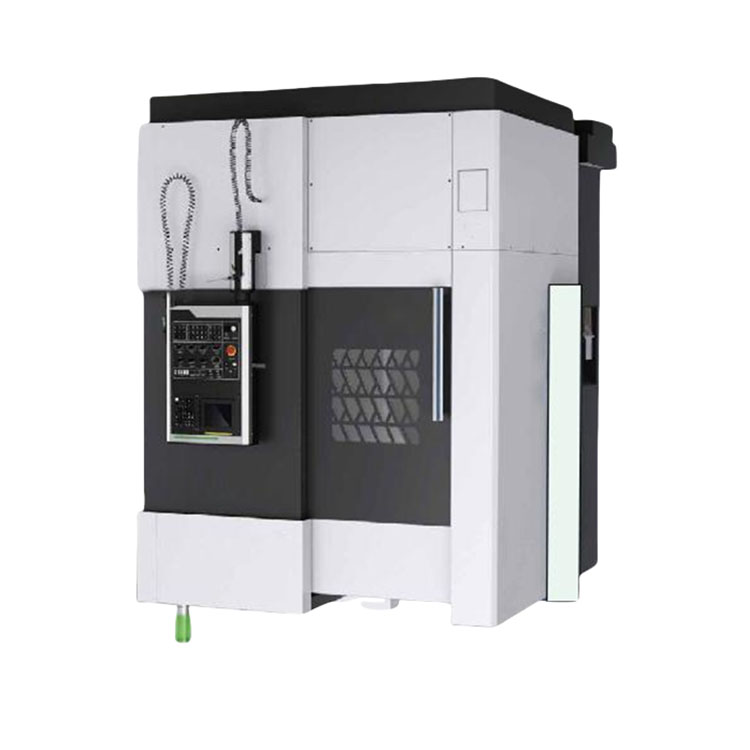 Taisin Vertical CNC TXLC-500 CNC
Taisin Vertical CNC TXLC-500 CNC -
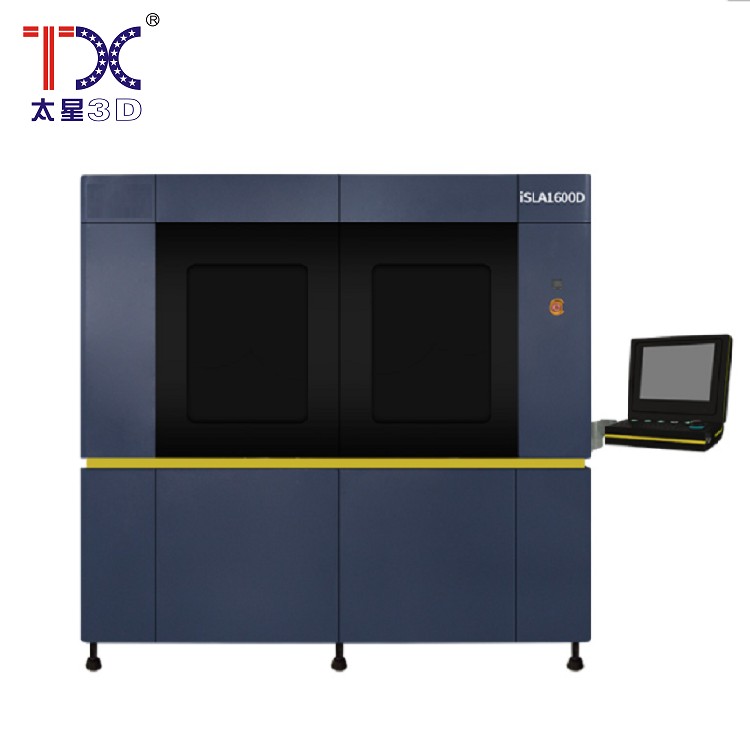 Taisin Light-adoptive 3D printer SLA1600D
Taisin Light-adoptive 3D printer SLA1600D -
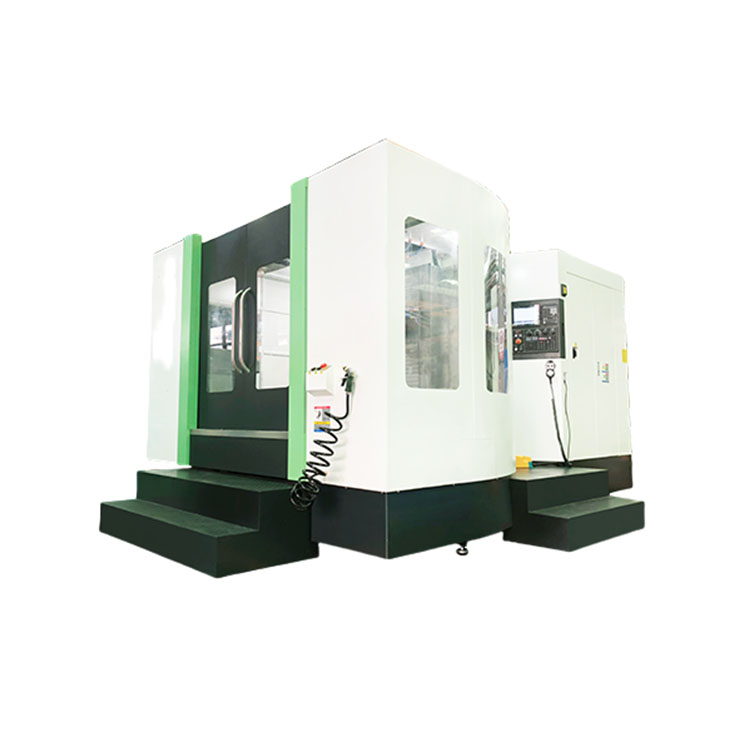 Taisin horizontal processing center with CNC High accuracy HMC TXHD-630
Taisin horizontal processing center with CNC High accuracy HMC TXHD-630
Connectedsearch
Related search- Additative production manufacturers in China
- CNC machine 3 axial
- 3D printing in the aerospace industry
- Cheap selective laser melting (SLM) factories
- CNC
- OEM plants 5-axial grinding machines
- Cheap majority shafts with CNC plants Factory
- Blender manufacturer in China
- Cheap manufacturers of SolidWorks
- Cheap multi -axial CNC machines manufacturers
